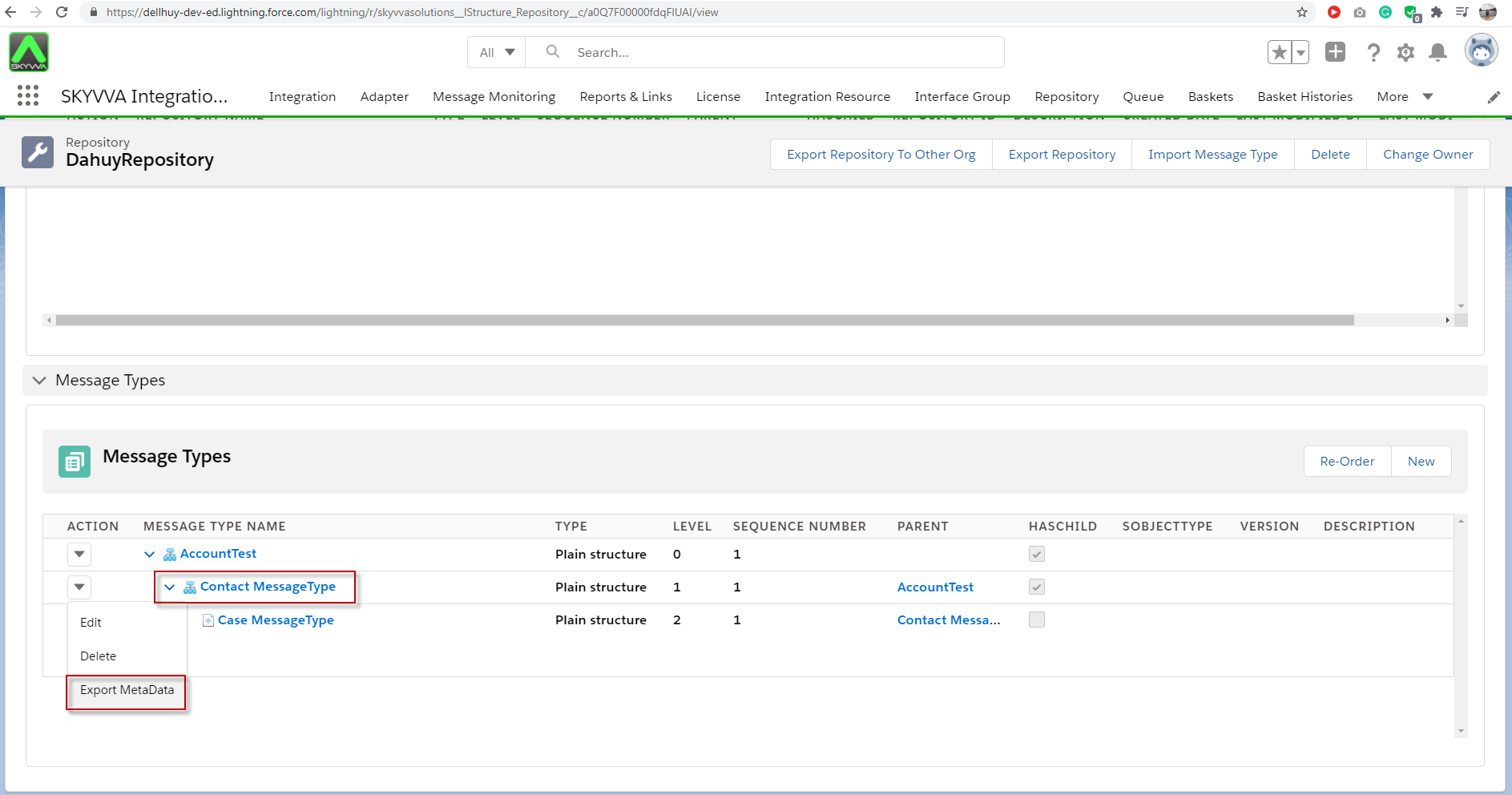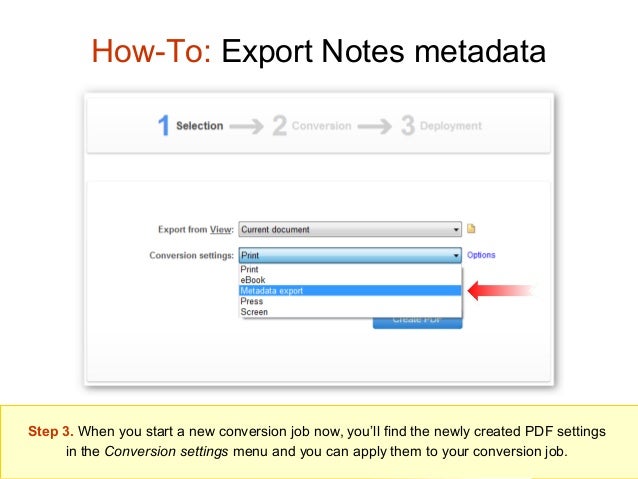
Lightroom CC, in comparison, leans heavily on Adobe Sensei technology for its search feature, which uses cloud processing to identify objects and scenes in your images, whether they’ve been tagged or not. Some applications, like Lightroom Classic, compile other data such as the identities of people based on facial recognition. You can then add data that describes an image in other ways, such as a copyright line, contact information, description, keywords (especially if the images will go out to stock agencies or newswires), and GPS location data. “Metadata” includes all the data about an image, much of which is written to the image file by the camera: date, time, camera model, lens settings, shutter speed, and the like. By taking a few minutes (that’s all) to get that out of the way first, you can quickly move on to the more exciting stuff. Lightroom Classic CC, in particular, makes it possible to do most of the work while importing even Lightroom CC, with its stripped-down approach, offers a way to assign metadata up front. Instead, bypass the hassle and get started with metadata right at the beginning. And then we curse and promise that next time-next time for sure!-we’ll do better.

The answer, of course, crops up much later when we can’t find the images we need, or we have no information about where they were captured.

Why apply keywords and captions when you can jump right into the fun part, editing? We all know it’s helpful to assign metadata to photos in Lightroom, but it always seems like a chore.


 0 kommentar(er)
0 kommentar(er)
